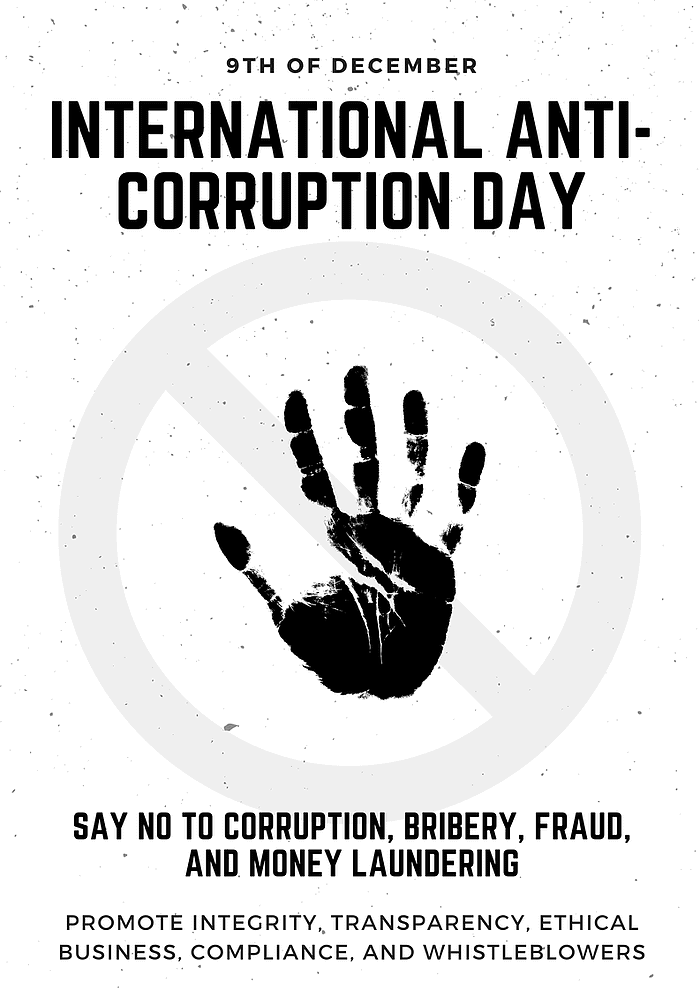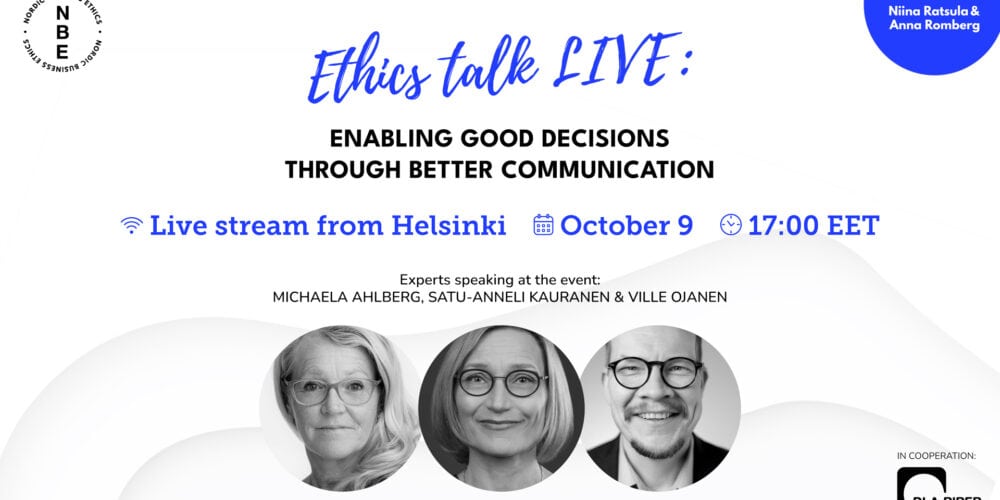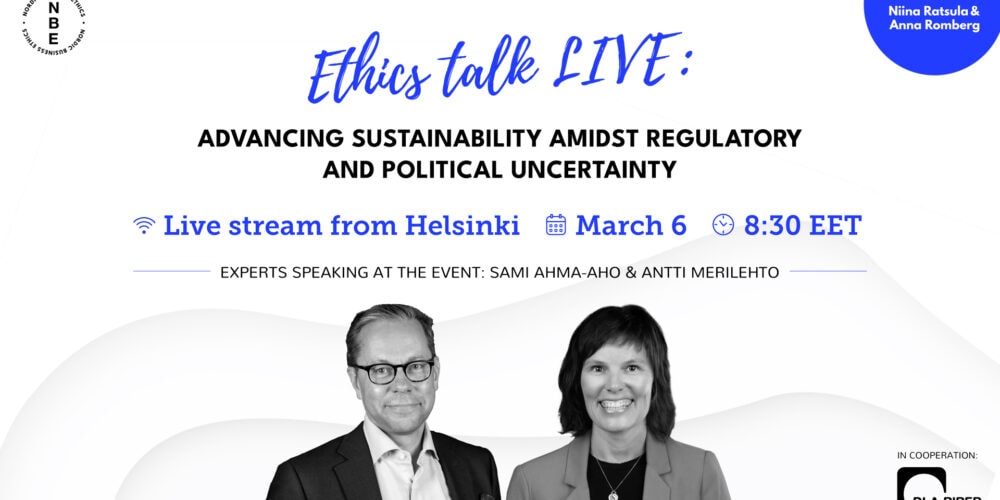Nordic countries are not corruption-free
The Nordic countries are known for having the lowest levels of corruption in the world, ranking at the top of low corruption indices. According to Transparency International’s “Corruption Perception Index 2018”, Denmark ranks as #1 with 88 out of 100 points, Finland and Sweden as #3 with 85 points, and Norway as #7 with 84 points. This, however, does not mean that the Nordic countries would be corruption-free, unfortunately. Worth to mention is how all Nordic countries’ scores have dropped since as recently as 2015 – scores have dropped between 3-5 points in just three years.
The aforementioned is probably not surprising, taking into account the recent news about corruption, money laundering, and bribery scandals involving prominent Nordic companies. Despite the scandals, there has not been many convictions – mainly due to insufficient legal frameworks. Below a few examples:
In 2012, a scandal broke concerning the Swedish telecommunications company Telia, when Swedish TV together with OCCRP reported on Telia’s suspicious deals with the daughter of Uzbekistan’s, now late, president Islam Karimov. The reports sparked investigations by the US, Dutch and Swedish authorities. In 2017 Telia admitted to conduct, violating the US and Dutch laws, and agreed to pay a record settlement of MUSD 965 to the US, Dutch and Swedish authorities. The Swedish part was however conditional upon a conviction, for the involved individuals, in Sweden. The Swedish corruption trial kicked off in 2018 (determining the personal responsibility of three former executives). The prosecutor claimed that between 2007 and 2010, Telia bribed Karimov’s daughter Gulnara Karimova with more than MUSD 400 in return for being allowed to operate in Uzbekistan. In 2019, the court found that Telia had paid Gulnara Karimova in order to obtain telecom licenses. The prosecutor was however not able to prove that Karimova, although being a politically exposed person, was a public servant i.e. “a person that could be bribed” according the Swedish bribery law in place at the time of the transactions. Hence, the accused were acquitted, and the settlement amount was split between US and Dutch authorities. Some argue that the updated Swedish bribery law, with the new offense of “failure to prevent bribery”, would have been more effective whilst others argue that the definition of a public servant would be an issue also under the updated law.

In another case, the Police in Finland opened a preliminary investigation in 2012, with the property director for a major department store (HOK-Elanto). The (now former) property director was accused of accepting bribes worth of 700 000€ from construction companies, among others, Skanska. The alleged bribes were paid in the form of sponsorships for the horse-riding hobby of the property director’s daughters during January 2005 until April 2012. The investigation span for over seven years and in October 2019 the court dismissed the charges based on insufficient evidence of that the sponsorship money would have resulted in preferential treatment of the contractors. In Finland we also have the famous Patria case, where Patria, a state-owned arms supplier was accused of bribery relating to the sale of military vehicles to Slovenia in 2008. In 2013 and 2015 respectively, the recipient of the “bribes” in Slovenia and the Austrian agent/middleman were convicted, the regulatory framework in Finland however failed to bring the ultimate payers to justice.
The Nordic Business Ethics Survey revealed that over 10% of employees in all participating countries, Finland (14%), Norway (13%) and Sweden (14%), have observed “Giving, Receiving, or asking for bribes” within their organisation during the last year – the equivalent number among top management respondents being 21%. So even if we do not witness corruption within the public services sector, it does not mean that our working places are corruption-free. The Eurostat report shows that conflict of interest, nepotism and favouritism are more prevalent in our Nordic countries than elsewhere. However, our regulatory frameworks seem to fail to capture modern day and international corruption. More and more is expected from companies, and their leaders, when it comes to establishing formal Anti-Bribery and Corruption compliance programmes to detect, prevent and remediate the risk for bribery and corruption. This is good, but not enough. The lack of local regulatory enforcement, and effective regulatory frameworks, which acknowledge the proactive compliance work of organisations, is vital for securing that we maintain the high rankings in trust, transparency and integrity related barometers.


